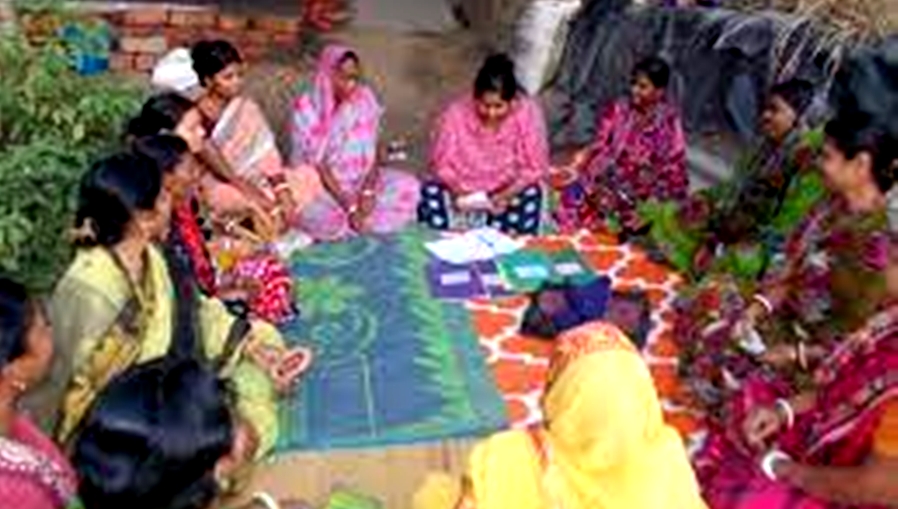Kolkata: On September 12, 1996, a soft- spoken and extremely low profile Lok Sabha member from West Bengal became a pioneer in raising the demand for 33 per cent reservation for women in parliamentary and legislative berths by moving a Private Member’s Bill for the first time on the floor of the House.
The late Geeta Mukherjee, a seven-time CPI Lok Sabha member from Panskura constituency (now non-existent because of delimitation) from the-then undivided Midnapore district of West Bengal, raised the demand which finally took shape in the form of the Nari Shakti Vandana Adhiniyam on the floor of Parliament a few days back.
West Bengal, during the successive regimes of the Left Front and the Trinamool Congress took the initiative for pushing an increasing number of women candidates in the elections for the three-tier panchayat system in the state, which is the most effective grassroots-level public participation in rural civic affairs.
In fact, the recently concluded polls for the three-tier panchayat system were conducted with more seats for women compared to the polls in 2018. This time, the polls were conducted with 16,900 seats in the general category reserved for women in the gram panchayat level, 2,496 at the panchayat samiti level and 252 at the zilla parishad level. The number of seats in all the three tiers in the general category reserved for women this time was much higher than what it was in 2018.
However, despite the impressive presence of the women representatives in the three tiers of the panchayat system, there has not been any instance of a woman panchayat member becoming a major political face, be it at the national level or the state level. In both the earlier Left Front and the current Trinamool Congress regime, the trend has continued that the political activities of the panchayat-level leaders get restricted to the grassroots level and never reach the higher levels.
Political analyst Sabyasachi Bandopadhyay, who has done an in-depth study on the representation pattern at the panchayat level, said that although the trend has been the same in both the Left Front and Trinamool Congress regimes, the reasons are different.
According to him, in the previous Left Front regime when the CPI(M) was in the majority in all the three-tiers of the panchayat system, the decision on the candidates was taken by the district level committees of the party in consultation with the state committees. “Individual choice or liking did not matter for the CPI(M) where an unreserved seat getting reserved for women is left for the wife or daughter or sister of the previous elected representative from that seat. It was the party which used to decide who will be the woman candidate from that newly reserved seat and family-linkage with the party was never the deciding factor for the CPI(M). While this was the good side of selection ignoring the family line, the bad side was that the elected women candidates hardly had the chance to function independently. Everything was dictated either by the local committee or the district committee of the party. This was the reason why these women panchayat members could not reach the higher levels despite the Indian communists being vocal about women empowerment from the beginning,” Bandopadhyay said.
Admitted Nazima Bibi, a former village panchayat member from Murshidabad district, that since the first day of her term as an elected representative her entire functioning was well defined and there was hardly any scope to go beyond that.
However, pointed out Bandopadhyay, the pattern is completely different in the case of the Trinamool Congress., where the choice of local leaders follows the family line. “So in many cases where the unreserved seats got reserved for women, the wife or daughter or sister of the previous elected representative from that seat were fielded as party candidates. But these candidates when elected remained elected representatives only in name with the control being in the hands of their husbands or brothers or fathers,” Bandopadhyay added.
However, political columnist Nirmalya Banerjee feels that there is a bigger socio-economic reason why women panchayat members cannot bloom. “Most of these women representatives come from financially backward backgrounds where they have to handle too many things at a time starting from domestic work to helping their male family members in agricultural work, among others. So after all these in addition to the work as elected panchayat members, they hardly get the time to prepare themselves for the higher political levels,” Banerjee added.
–IANS


Comments are closed.